Central Bank increases interest rates after a long spell
The Monetary Board of the Central Bank on Wednesday increased interest rates after a long spell.
“ … the Monetary Board observed that large and persistent liquidity deficit in the domestic money market requires policy intervention, and decided to reduce the Statutory Reserve Ratio (SRR) applicable on all rupee deposit liabilities of commercial banks by 1.50 percentage points to 6 per cent from the current level of 7.50 per cent with effect from the next reserve maintenance period commencing November 16,” the banking regulator said in a public announcement.
The Monetary Board said it had, after a meeting on November 13, decided to reduce the Statutory Reserve Ratio (SRR) applicable on all rupee deposit liabilities of commercial banks by 1.50 percentage points to 6 per cent. “In order to neutralise the impact of this reduction and maintain its neutral monetary policy stance, the Monetary Board decided to increase the Standing Deposit Facility Rate (SDFR) of the Central Bank by 75 basis points to 8 per cent and the Standing Lending Facility Rate (SLFR) of the Central Bank by 50 basis points to 9 per cent,” it said.
Any increase in policy interest rates is a signal to the market to raise interest rates accordingly.
These developments also came on the back of a turbulent political environment and a constitutional crisis which led to the Supreme Court on Tuesday temporarily staying an order by the President to dissolve Parliament. The legislature was due to meet at 10 am today.
The statement said:
“The Board arrived at this decision following a careful analysis of current and expected developments in the domestic and global economy and the domestic financial market, with the broad aim of stabilising inflation at mid-single digit levels in the medium term to enable the economy to reach its potential.
The large and persistent shortage in rupee liquidity required the Central Bank to conduct open market operations (OMOs) on a short- and long-term basis in addition to overnight operations. Overnight interest rates were allowed to remain around the upper bound of the policy interest rate corridor reflecting the prevailing liquidity conditions. The yields on government securities experienced a notable increase in recent weeks while most other market interest rates remained high both in nominal and real terms.
Year-on-year growth of broad money (M2b) continued its deceleration in September 2018. Nevertheless, there was a possibly short-lived acceleration in credit obtained by the private sector from commercial banks as the businesses advanced their borrowing in anticipation of measures to curb excessive spending on imports. Based on the data up to the third quarter of 2018, credit to all major sectors of the economy recorded an expansion with personal loans and advances showing a notable acceleration. It is expected that the growth of credit to the private sector would return to the expected path as measures taken by the government and the Central Bank gain traction.
Headline inflation, based on both the Colombo Consumer Price Index (CCPI) and the National Consumer Price Index (NCPI), decelerated below the desired mid-single digit levels, largely driven by the decline in volatile food prices.
The expansion in import expenditure continued to outpace the growth in export earnings during the first nine months of 2018 leading to a wider trade deficit than in the corresponding period in the previous year. However, a slowdown in import expenditure is expected in the period ahead in response to the recent measures adopted as well as the depreciation of the rupee against major currencies. The moderation in tourism related inflows and workers’ remittances remained a concern in terms of the performance of the external current account. In the financial account, both the government securities market and the Colombo Stock Exchange experienced net outflows of foreign investment, particularly in the context of rising global interest rates and elevated political uncertainty.
The significant growth in imports as well as recent capital outflows amidst the broad based strengthening of the US dollar exerted pressure on the exchange rate. Although the pace of depreciation has moderated recently, the Sri Lankan rupee has depreciated by 12.9 per cent against the US dollar during 2018 up to November 13. Meanwhile, supported by the receipt of the foreign currency term financing facility of $1 billion by the government, gross official reserves amounted to $7.9 billion as at end October 2018, providing an import cover of 4.2 months.
As per the available economic indicators, real GDP growth is likely to remain subdued and below the envisaged levels in 2018. In order to accelerate growth on a sustainable basis, it is essential that growth enhancing structural reforms are carried out within a coherent and transparent framework, rather than relying on unsustainable short term monetary and fiscal stimulus, which leads to overheating of the economy.” - ENDS -
-
Still No Comments Posted.




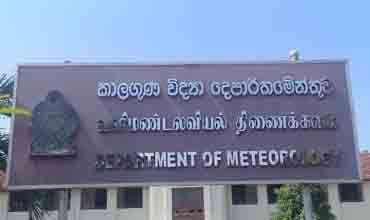

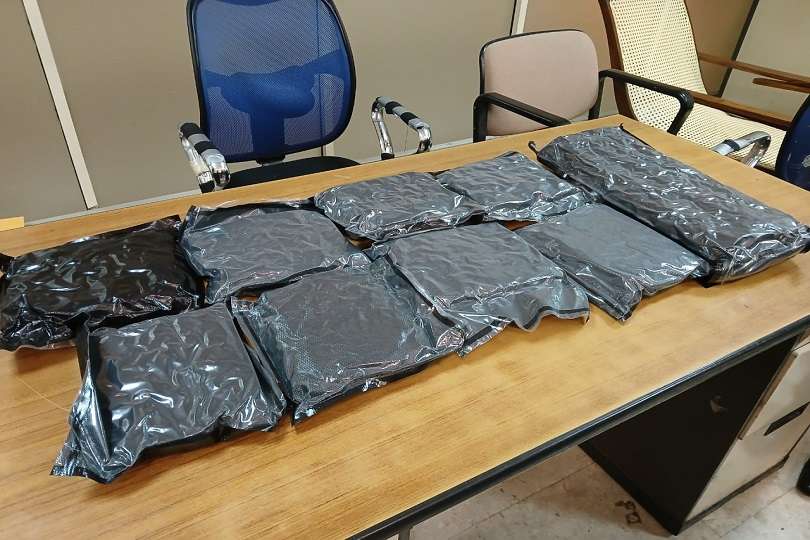
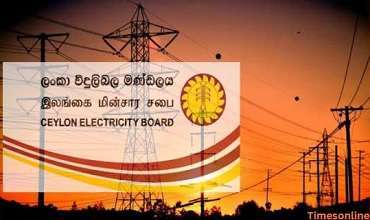
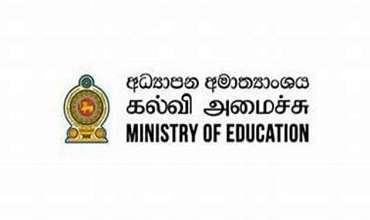



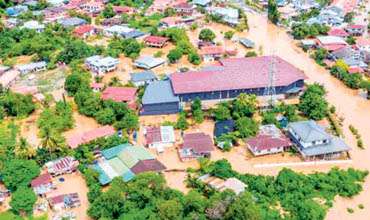
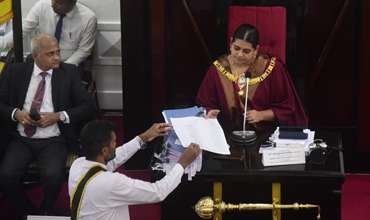
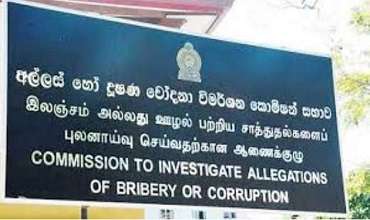
Leave Comments